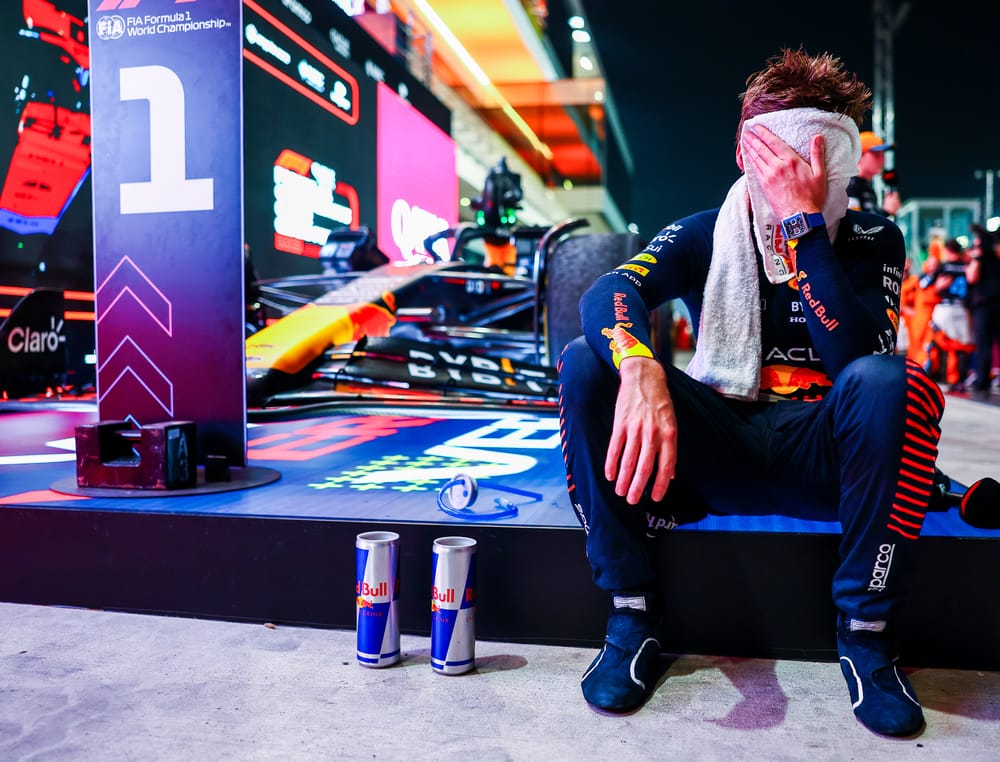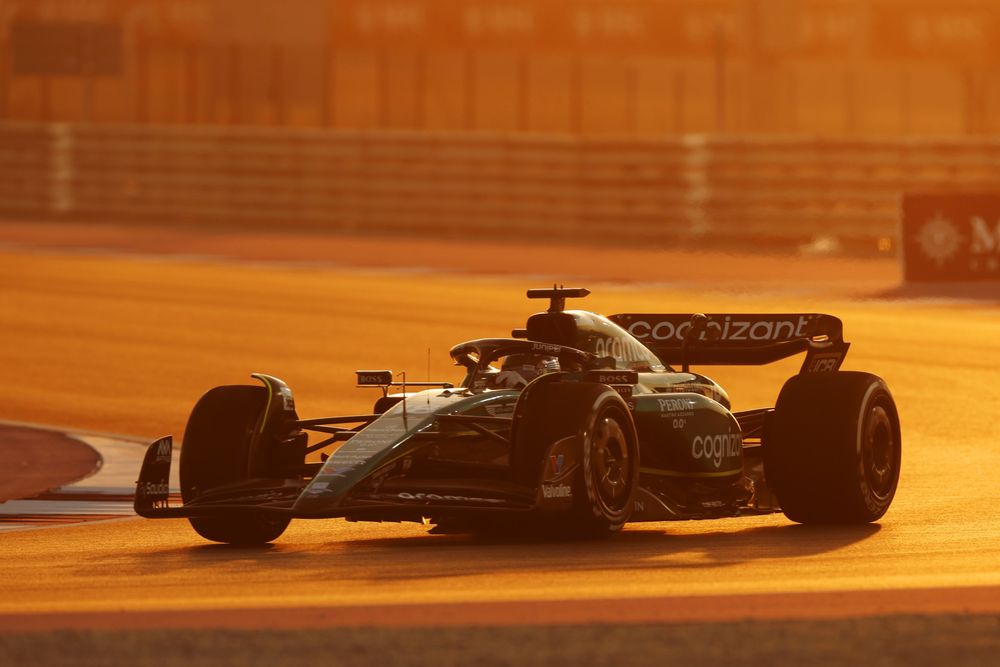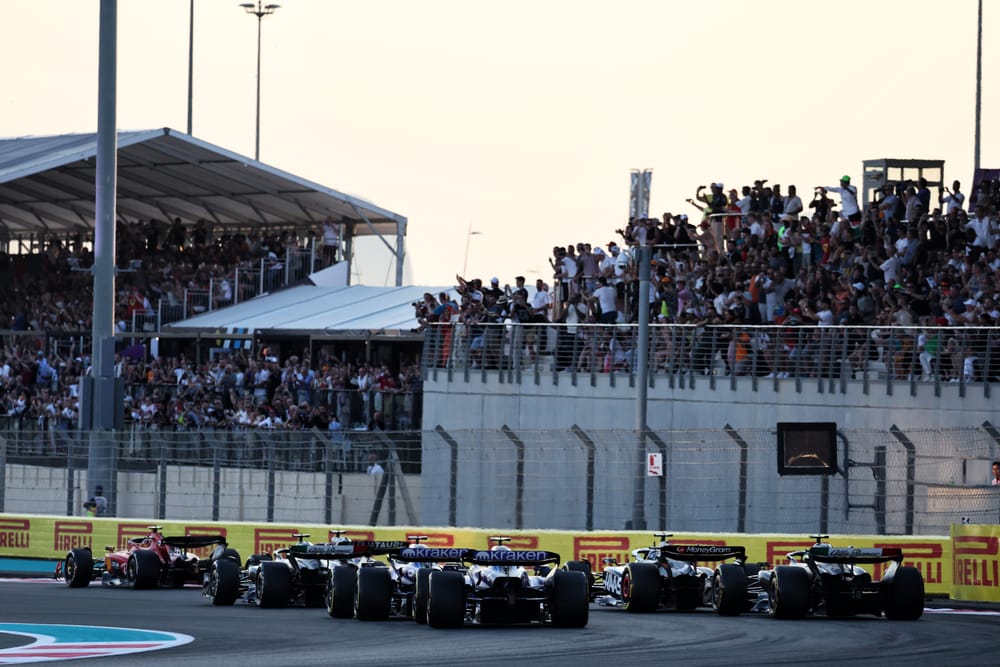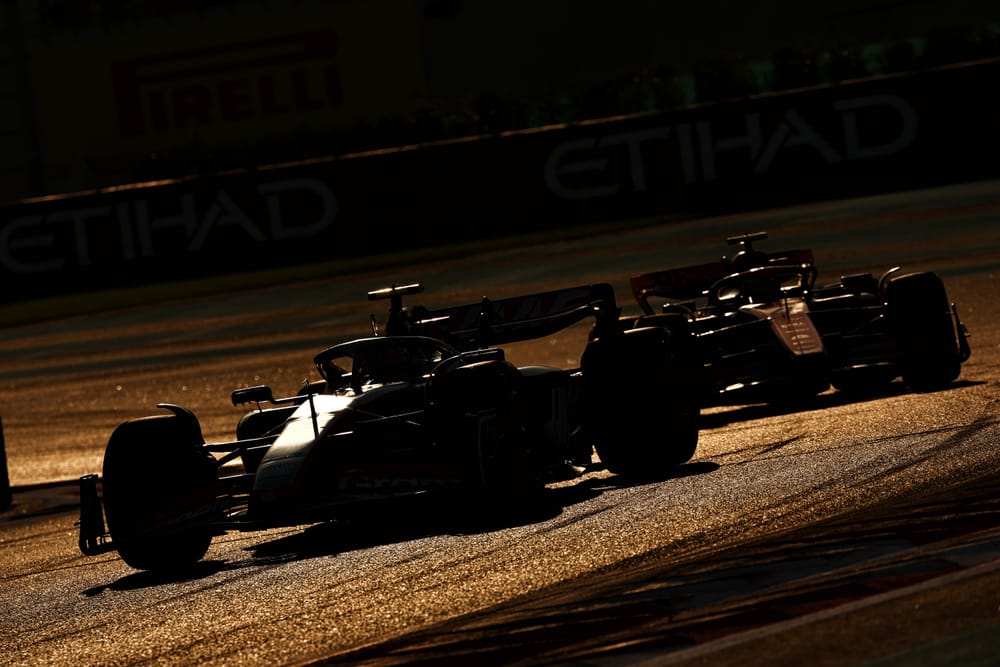Up Next

An idea that Formula 1 teams previously rejected because of paranoia is being pushed through as part of a plan to help protect drivers in extreme conditions.
F1 was lucky to avoid a driver suffering serious consequences at this year’s Qatar Grand Prix, either through illness or an accident, as the race took place with the air temperature still over 30 degrees and high humidity, which left drivers estimating cockpit temperatures of up to 80 degrees Celsius.
Esteban Ocon vomited in his helmet, Alex Albon was checked for acute heat exposure, Logan Sargeant retired from the race because intense dehydration left him feeling sick and Lance Stroll even claimed he was "passing out" through many of the track’s high-speed corners.
The FIA quickly announced after that weekend it would seriously evaluate what could be done to help drivers in such conditions, with two key action points settled on.
SOMETHING TEAMS PREVIOUSLY REJECTED
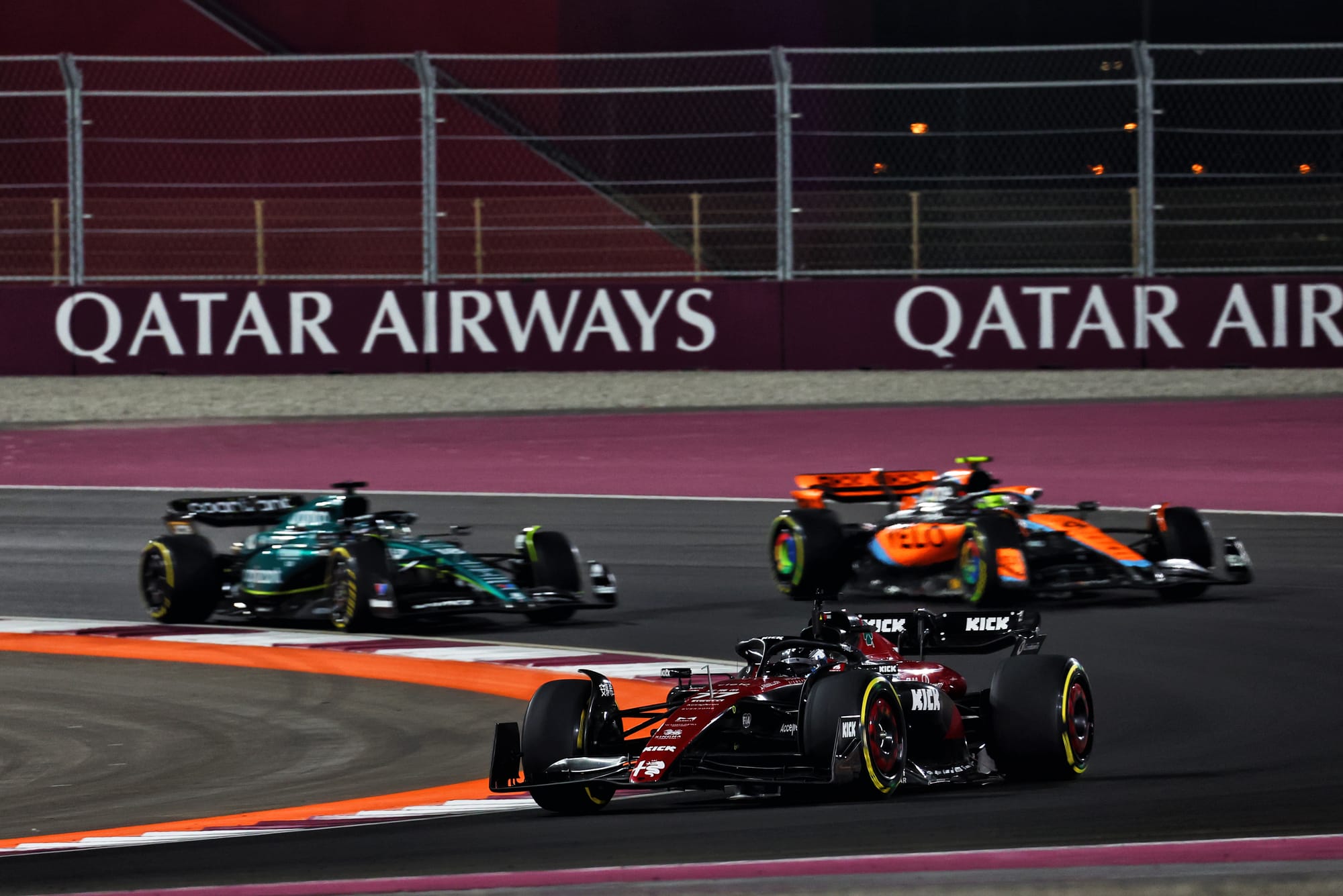
The first change is what the rulemakers have described as a driver cooling scoop, feeding air into the cockpit, although this will not work like IndyCar’s small device at the top of that car’s Aeroscreen.
FIA F1 director Nikolas Tombazis described it as a “slot that can fit under the chassis”, and this positioning is why it has previously been opposed by teams.
“The reason if had been rejected in the past was because people were worried it would be sucking off boundary layer stuff,” said Tombazis when asked by The Race to explain how it would be integrated into the car.
“And all of this would be used for some sort of indirect aero advantage and people were making up various, slightly paranoid hypotheses about what can be used.
“It’s just really allowing that scoop to exist in a certain area and giving some maximum dimensions for it.”
Airflow being fed into the underfloor is the crucial part of ground-effect F1 cars so it is easy to imagine a slotted component under the chassis interfering with the aerodynamics to a degree, and either causing problems or opportunities for exploitation.
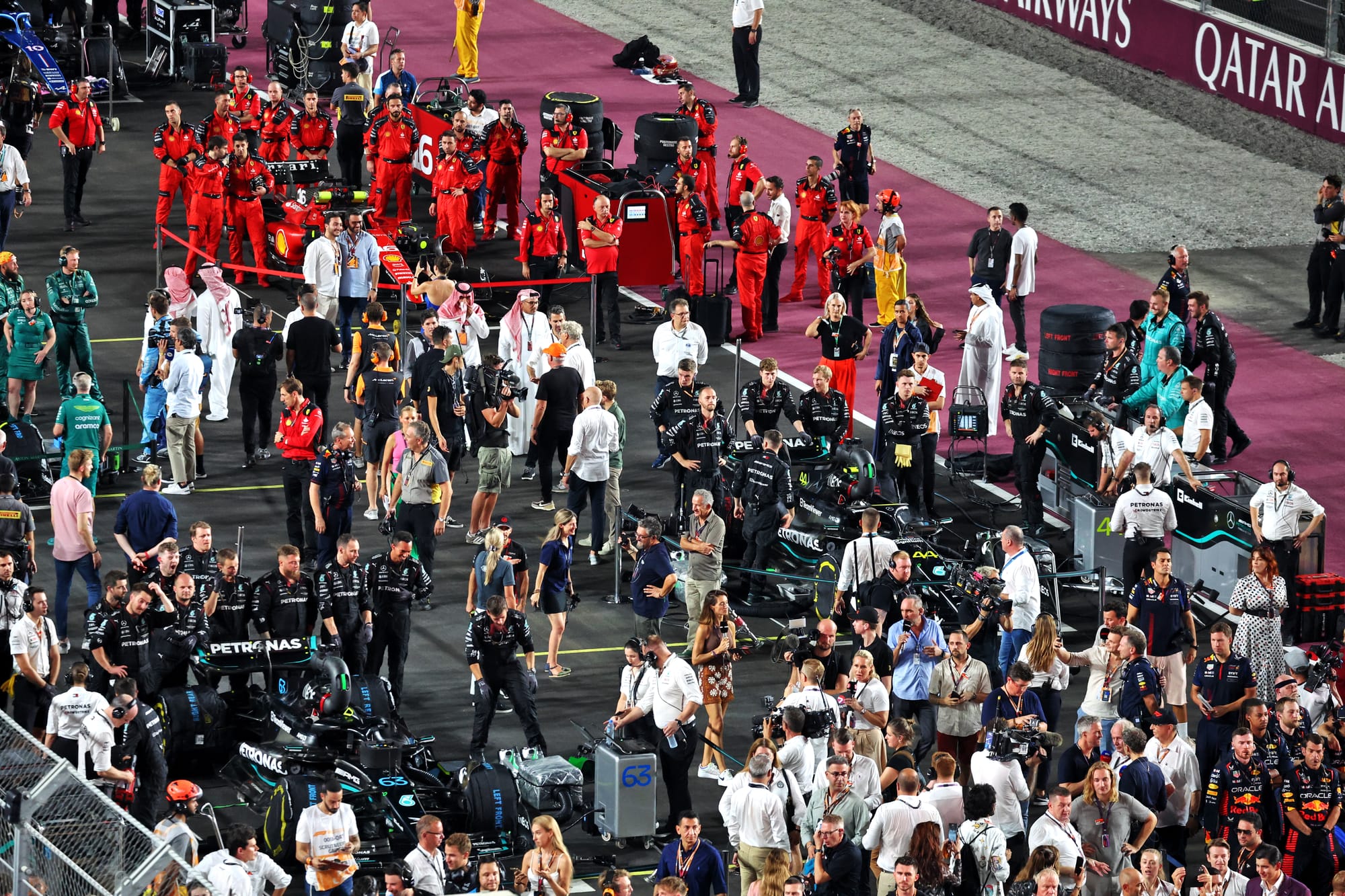
It would be a surprise if some teams do not at least try to find a way to manipulate the provision for a slotted part of the chassis for some kind of sporting gain.
As far as the FIA’s concerned, this is a minor factor. The planned incorporation of the design into the regulations is just going to allow the cooling scoop to exist in a specific area with maximum, defined dimensions.
“Everyone’s learned their lesson and thinks a bit less selfishly,” said Tombazis.
The scoop will hopefully improve ventilation although it will not be cool, fresh air that's redirected at the driver.
The options are ultimately limited compared to a closed cockpit car like, for instance, the Hypercars run at the Le Mans 24 Hours and in the World Endurance Championship.
Actual air conditioning is allowed in those cars, although some teams only use ducting from the outside – into the helmet, or the seating area around the driver.
MORE ROOM FOR EXPLOITATION?
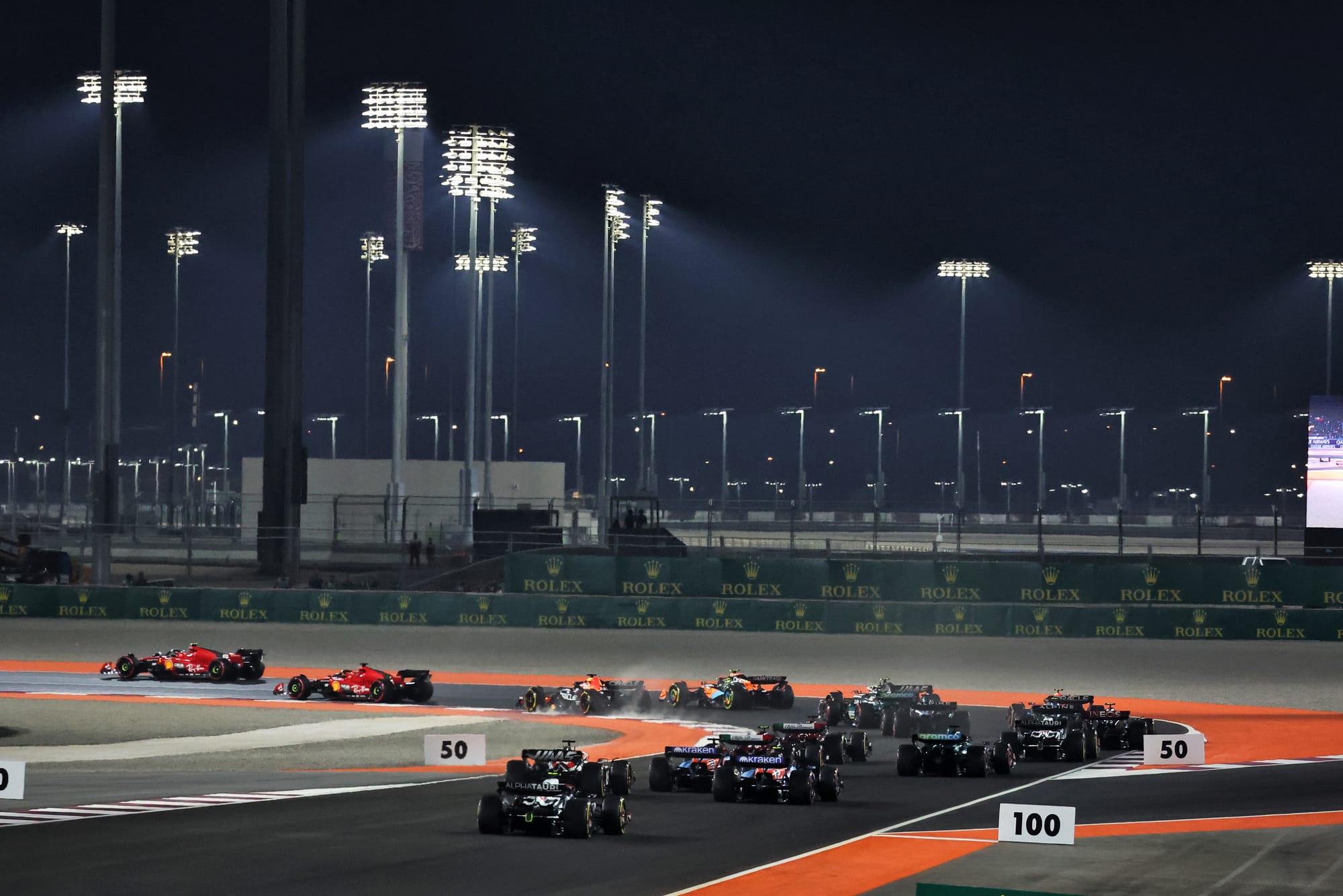
The second part of the plan to help drivers in extreme heat will kick in when a certain threshold is met for both temperature and humidity, and may only be applied to certain tracks with high G-force loading.
When this threshold is met, the FIA will declare the race is in extreme conditions - like when a wet race is declared, for example. That will then trigger an increased weight allowance by around two kilos.
This has not been put into the regulations yet, but it is the intention. The idea is it will be mandatory for teams to use this extra allowance for the purpose of cooling the driver.
The FIA has things like cooling vests in mind, such as the type that are a bit hit-and-miss in IndyCar at the moment but are improving all the time, although this is still to be fully investigated.
It will be critical to see exactly how this is policed, though, because it may not be tightly regulated at first.
“If we tell teams ‘you have two kilos, you must use it for this purpose’ it will be in their own interest to do so because that will keep the drivers cool, focused and not lose any performance,” Tombazis insisted.
“Hopefully that will be the solution.”
Tombazis said the FIA has wondered whether specifying exactly what would have to be fitted is the way to go, but felt that “if we start trying to standardise a system to a tender and all of that, it would be quite a slow process”.
But if the teams do end up with some freedom with the extra two kilos it may leave too much responsibility with the competitor.
Tombazis has said “we want to make it clear that it's not something that you can use for any form of dodgy advantage”.
The only way to do that without just trusting the teams, which could be naïve, is to get more prescriptive.
“We need to work out some of the details,” Tombazis admitted.
“It's really for the purpose of that [driver cooling] and it's mandatory.
“You could put the ballast in the seat but you'd be a bit of an idiot. Because your driver would… in Qatar I think we saw, apart from the situation after the race, drivers towards the latter part of the race make more mistakes.
“That was clearly not in the teams’ interest.”


